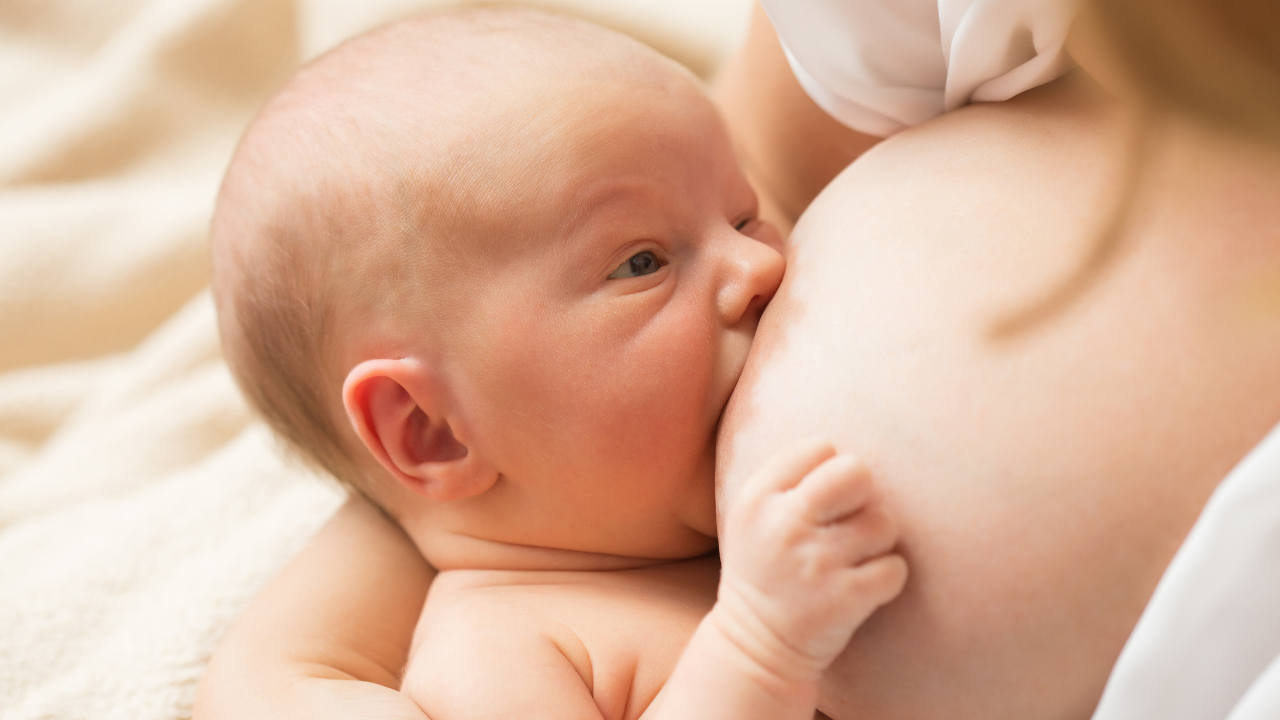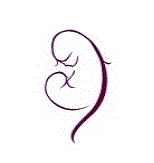Clogged Milk Duct Popping
Milk blisters are often visible on the surface, while blocked ducts are felt deeper in the breast tissue.

Clogged Milk Duct Popping

Distinguishing between a clogged duct and a milk blister is important because their treatments differ significantly.
Milk Blister vs. Clogged Duct
A milk blister, also known as a milk bleb, is a small white spot or blister-like formation on the nipple. It occurs when the skin grows over the nipple opening, blocking milk flow. It may look like a pimple or contain trapped milk within the nipple's pore. Milk blisters can cause discomfort while nursing but are generally harmless to babies. Clearing the bleb allows the backed-up milk to flow and usually resolves the issue.
On the other hand, a clogged milk duct occurs when a milk duct in the breast becomes obstructed or fails to drain properly. This can happen due to skipping a feed, incomplete breast emptying during a feed or extreme stress. A blocked duct typically presents as a firm lump or area of engorgement in the breast, accompanied by pain, swelling, and sometimes redness. The discomfort may worsen during letdown and improve after breastfeeding or pumping.
While a milk blister can contribute to or lead to a blocked duct, they are not the same. Milk blisters are often visible on the surface, while blocked ducts are felt deeper in the breast tissue.

Clogged Milk Duct Popping / Aspiration
If the home remedies for treating a clogged milk duct do not lead to improvement, consult your doctor. In some cases, aspiration of the blocked duct may be necessary, especially if the blockage is large (Galactoceles). This involves the removal of the blockage using a needle or a small catheter under medical supervision.
Clogged Milk Duct Remedies
Plugged ducts can be treated naturally and quickly using various methods, including:
- Removing as much milk as possible by breastfeeding or pumping frequently.
- Using warm compresses and Epsom salt soaks to increase milk flow.
- Breast massage before, during, and after feedings to facilitate milk removal. Some people use the vibrations from an electric toothbrush or a gentle massager to help remove a clog.
- Adjusting breastfeeding positions, such as dangle feeding, to promote better drainage.
- Using pain relief measures like cold compresses or over-the-counter pain relievers.
- Clearing any blocked pores by puncturing a blister on the nipple if present. (instructions below)
- Applying cold compresses to reduce pain and swelling.
- Considering lecithin supplements to prevent the plugged ducts from returning.
- Exploring therapeutic ultrasound treatment if the duct does not clear within two days.
Preventing plugged ducts involve:
- Avoiding tight bras,
- Staying hydrated,
- Managing stress levels,
- If you are weaning it should be done gradually.
It's important to address plugged ducts promptly to prevent them from progressing to mastitis or a breast infection. Mastitis may require antibiotics, and abscesses should be treated promptly.
Continuing to breastfeed on demand during milk stasis, mastitis, or abscesses is safe, helps clear the ducts, and expedites healing.

Milk Blister Remedies
To get rid of a milk bleb naturally, you can try the following methods:
- Soak a cotton ball in vinegar and leave it on the nipple for a few hours to dissolve calcium deposits and decrease the size of the milk bleb.
- Soak your breasts in Epsom salts by adding 1/2 cup to your bathwater. After soaking, try gentle hand expression and breast massage to remove the milk blister.
- If the previous methods don't work, open the bleb with a sterilized needle and allow your baby to nurse afterward.
- Massage your breasts and use breast compressions while breastfeeding.
- Breastfeed often to drain the breasts fully, and consider dangle feeding to help unclog any blocked milk. You can express milk after breastfeeding if your baby doesn't fully drain the breast.
- Lecithin supplements can be used to prevent milk blockages by improving milk flow.
- Using a safe antibiotic ointment is important to prevent infection after clearing the bleb.
If you still experience pain or need more treatment options, seek further advice from your lactation consultant. Alternatively, opt for a Milkology breastfeeding course and equip yourself with the comprehensive knowledge necessary for a successful breastfeeding experience.
With knowledge and support, you can overcome clogged ducts and milk blisters for a positive breastfeeding experience.

The Tushbaby Hip Carrier
With its ergonomic design and comfortable waistband, Tushbaby provides optimal support for you and your baby. Say goodbye to shoulder and back pain from traditional carriers, as Tushbaby evenly distributes your baby's weight, relieving strain and promoting better posture.
